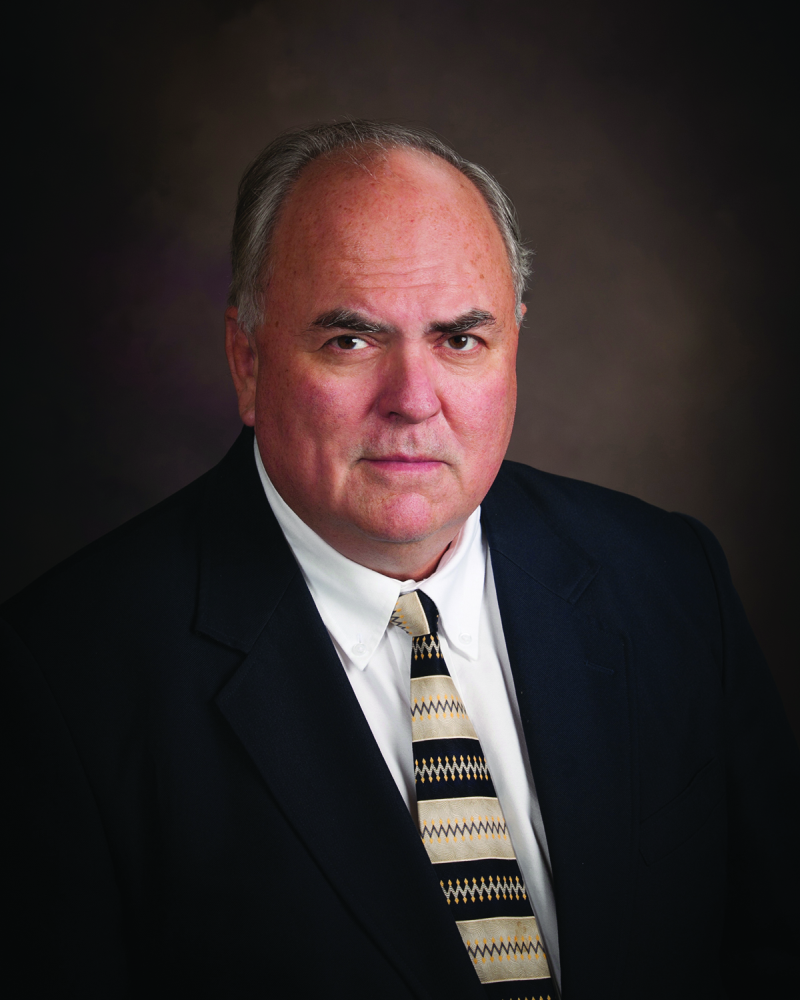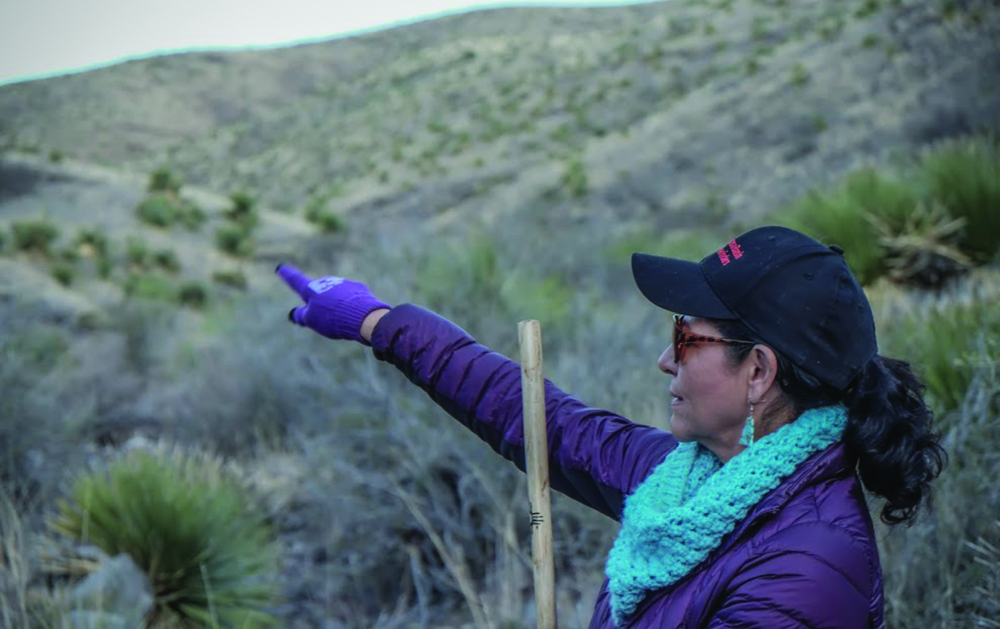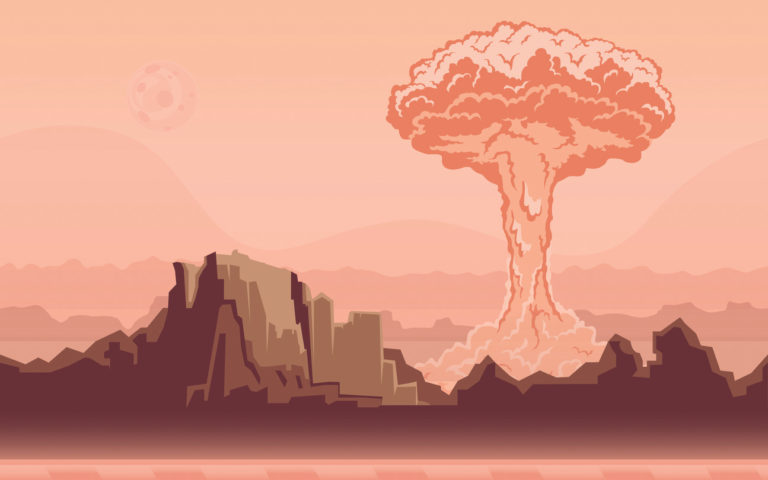For nearly half a century, the United States and the Soviet Union were locked in a fierce battle although no shots were actually fired. Starting in the 1940s, both started developing their arsenal of nuclear weapons, in preparation for an all-out nuclear war. The U.S. government primarily used a patch of land in Nye, NV, that was formerly a military base, to conduct their tests. It was flat with few animals nearby. It seemed far from civilization and wasn’t adjacent to any water streams, which the government thought would minimize the spread of contamination that would be generated from the above-ground blasts. In other words, the site seemed to be perfect.
But there was one caveat: Because it was so remote, it wasn’t possible to determine who lived nearby within a certain radius. Without that information, the government failed to warn those who might have been affected by any radioactive fallout from the above-ground tests. All told, nearly 200 tests were conducted above ground until the Limited Test Ban Treaty was signed in August 1963, which ceased any and all atmospheric tests worldwide.
By then, a good amount of damage had already been done. Knowledge of what radioisotopes could do to human health was scant: The bombs dropped at Hiroshima and Nagasaki coincided with the earlier above-ground tests at the Nevada Test Site. The impacts on health were not understood until years later. Yet, some of the above-ground tests at the Nevada Test Site ended up having more explosive power than the ones detonated in Japan. Wind and rain scattered radioactive fallout around the four corners—where Utah, Colorado, New Mexico, and Arizona meet, Idaho, and some of Nevada. Others would argue that the fallout went all over the world.
In the immediate aftermath of these tests, people were confused and thought the testing was a conspiracy to target people the U.S. government thought were dispensable: Mormons, Native Americans, and Hispanics. Then cancer clusters began to appear in some towns that were “downwind” and these people were not only getting sick, but felt betrayed by their own government—the same one they thought was supposed to protect them from their ultimate enemy: the Soviets.
Today in some downwind communities, entire health clinics and cancer centers have arisen to help those in need (see also “How Precision Medicine Might Better Serve Downwinders” in this issue of IEEE Pulse). Other areas have not been as lucky and are left to deal with the scant medical resources that exist, or travel long distances for care. For those communities impacted by the Cold War era, health issues and resources are a significant concern and there is a need for further research and assistance.
The Trinity test and the Tularosa Basin Downwinders
Before the creation of the Nevada Test Site and the experiments conducted there, there was one bomb dropped in the middle of the desert in New Mexico that kicked off the atomic age: the Trinity Test.

Early in the morning of July 16, 1945, Los Alamos scientists detonated a plutonium bomb approximately 120 miles south of Albuquerque on an Air Force base in Alamogordo, NM. Detonated from a tower, the bomb held a power equivalent to approximately 21 kilotons of trinitrotoluene (TNT), more than the explosive power of the bomb that ultimately would be dropped at Hiroshima. No warnings were issued to those who lived nearby about the dangers of fallout, even though researchers had emphasized that people would need protection if they might be directly exposed to radioactive fallout after a nuclear weapons test.
Trinity was substantially different from other weapons tested at the Nevada Test Site, says Joseph Shonka, a radiation physicist who has studied this test (Figure 1). “Trinity had downwinders as close as 12 miles away,” he says, “and the [radiation] dose rates are extremely high.” In fact, a 1940s census shows that there were tens of thousands of people living within a 50-mile radius from where the Trinity test was detonated.
“I grew up with people sick and dying, and it was most likely attributable to the fact that we were living very close to a nuclear test site—the first in the world,” according to Tina Cordova, the co-founder of the Tularosa Basin Downwinders Consortium, a community group founded to support families affected by the Trinity test (Figure 2). Cordova grew up in the small town of Tularosa in south central New Mexico, which was located 45 miles away from the test site. Her father died from cancer, and she is a cancer survivor herself.
While there are few large-scale studies looking at the impacts on human health in the Tularosa Basin, one report published last year in the Bulletin of the Atomic Scientists found that shortly after the Trinity test, there was a huge spike in deaths of newborns. The first concerns over the rise in infant deaths came in October 1957, when the radiation safety chief of the Manhattan Project, Stafford Warren, started receiving letters. A health care provider in Roswell, NM—about 100 miles east of the proving grounds of the Trinity test—wrote Warren, saying that there were 35 infant deaths in the month after the bomb was tested. “We had casualties, and those casualties were babies,” Cordova says.
In the report, the late public interest lawyer and antinuclear activist Kathleen Tucker and her husband Robert Alvarez reviewed historical documents that detailed the rise in infant mortality. Federal and state data from 1940 to 1960 showed that infant death rates were actually on the decline, except in the three months after the Trinity test was detonated in 1945. Infant mortality in 1945 was 100.8 per 1,000 live births—13% higher than the year before and nearly 30% higher compared to the year after. Tucker and Alvarez wrote, “the unpublished data sent to Los Alamos indicated an infant death rate nearly 34% higher in 1945 than subsequently made public.” There couldn’t have been any other explanation, they said, but the Trinity test.
Cordova got involved in the downwinders issue about 14 years ago, when she read an article in the local paper about a man named Fred Tyler. Tyler had been raised in the Tularosa Basin but spent the majority of his career away, working for the Army and Air Force Exchange. When he returned home, it became obvious to him that too many people in the community were suffering from severe illnesses and dying. It seemed odd, and he thought these deaths must have been caused by something environmental. “The most obvious environmental imposition in our lives was the Trinity Test in 1945,” says Cordova.
Together, Tyler and Cordova started the Tularosa Basin Downwinders Consortium. Over the years, Cordova researched the local autoimmune disease and cancer statistics. In 1999, the national average was 202.7 cases per 100,000 people. In the Tularosa Basin, it was between 694 and 764 per 100,000 people.
The Trinity Downwinders have been plagued with cancers of all major organs, including thyroid, breast, gastrointestinal tract, oral cancer, leukemia’s, and more. According to Cordova, there is also a high number of prostate cancers, which are not considered to be a cancer caused by radiation. “We see the whole spectrum,” she says. There is some evidence that being exposed to moderate or high doses of radiation have caused hypothyroidism in exposed Chernobyl populations, or type 2-diabetes, but other autoimmune conditions have not yet been assessed for their link to radiation exposure [1]. Radiation also affects all cells, including reproductive cells. Among the Trinity Downwinders, Cordova has seen a multigenerational quality to the cancers in the community.
Access to healthcare in the Tularosa Basin, however, does not match the needs of the community. According to Cordova, there is only one clinic that is open a few days a week, but a patient is not diagnosed or treated there. Most cancer patients travel the three hours to Albuquerque for medical treatment. “We can never get treatment at home,” she says. “This has placed a huge economic burden on the people of New Mexico.” Cordova has heard many stories where a cancer diagnosis has derailed the lives of people in that community: “People tell me stories: ‘I had a great job, my wife and I were looking forward to retiring. We helped our kids go to college. But I had this pain in my stomach. So I went to see a doctor, who diagnosed me with cancer. I had to stop work. I lost my insurance. I had to take all the equity in my home, maxed out my credit cards.’”
The legacy of the Trinity test, Cordova contends, “is simply a moral and ethical issue.”
To date, there has been no cancer screening of the Tularosa Downwinders, or any epidemiological research done around the types of cancers that can be caused by radiation, or cancer clusters that residents have anecdotally reported in their families. “We’ve never been approached by anybody to address these questions,” says Cordova. In addition, researchers have not yet accurately assessed how much radiation the public were exposed to by eating contaminated food or drinking contaminated water. In one Health Physics article published in 2010, the authors write that a more comprehensive assessment of internal radiation “would support placement of the Trinity event as a source of public radiation exposure and more defensible evaluation of the potential for human health effects” [2].

The salt on the wound for the Trinity Downwinders is the lack of accountability from the government. In 1990, the U.S. government instated an “apology” to downwinders from the Nevada Test Site under the Radiation Exposure Compensation Act (RECA). Downwinders from the Nevada Test Site living in designated regions and with a “compensable cancer” would be able to apply for a one-time, US$50,000 claim. To date, more than 22,000 people have been awarded a claim under RECA. However, RECA does not cover those who have been affected by the Trinity detonation. Cordova and the Tularosa Basin Downwinders have been pushing for their inclusion to be compensated under RECA but so far, have not achieved this goal.
The downwinders of Idaho
Wind and rain carried the fallout from the atmospheric tests variable distances. Residents of Gem County, ID—located about 500 miles north of the Nevada Test Site—remembered waking up to dustings of “frost” during the heyday of nuclear weapons testing.
In 1997, the National Cancer Institute published a study plotting the locations of fallout across the U.S., ranking how much radioactive iodine was released from one particular test. The state that was most exposed was Idaho [3]. However, after this study, the impacts of radiation on health beyond that for thyroid cancer in Idaho have not been formally studied.
The majority of the fallout that impacted Idaho came from bombs detonated in 1952. That summer was when Tona Henderson’s parents got married outside. “All of those people in the wedding party and reception were out in the hot grass at my uncle’s house,” she recounted. Years later, the people there—about 20—went on to develop thyroid issues or other cancers, and some of their children were also impacted.
“My mother had breast cancer and survived. My dad’s thyroid dissolved. It literally disappeared,” Henderson recounted. “My oldest brother had cancer three times within three years and survived. The next brother down had prostate cancer and survived.” Henderson herself has had medical issues but hasn’t developed cancer. Her sister born after the above-ground tests ceased has had no medical issues.
It wasn’t until a few decades after the testing, in the early 1980s, that these health issues started to emerge around Emmett, where Henderson grew up. Where researchers haven’t come to document the health issues in a community, residents have taken matters into their own hands. Similar to Irma Thomas in St. George or Tina Cordova in New Mexico, Henderson started taking names. She and her husband own a bakery in Emmett. After she got involved with the downwinders issue in 2004, residents knew she was the one to talk to. They would pay her a visit at the bakery and tell her about how the above-ground tests impacted their families’ health. Over the last 15 years or so, Henderson has collected information from more than 1,000 families.
Beyond cancer, and according to Henderson’s records, residents of Gem County have also developed neurodegenerative diseases like Parkinson’s and Alzheimer’s, and amyotrophic lateral sclerosis. Without further epidemiological review or research, we won’t know whether or not exposure to radiation increases the prevalence or progression of these neurodegenerative diseases. However, one study, published in Frontiers in Aging Neuroscience in 2018, noted that brain tissue, which grows slower than tissues in other organs, requires long exposure and high doses for developing degenerative symptoms. The authors also argued that long-term studies are needed to study the link between radiation exposure and development of a neurodegenerative condition [4].
For medical care, residents of Emmett and Gem Country travel about 30 miles into Boise to St. Luke’s Cancer Institute (formerly named Mountain State Tumor Institute), which has been serving patients since the 1970s. Henderson said that on any given day, the parking lot will be full of people from Emmett. (Car license plates issued in Gem County started with 1G—easy to pick out in a crowd.) Some doctors at the cancer institute would say that if it wasn’t for all the cancer cases in Emmett, they might not be here, says Henderson.
Today, Gem County, according to the Cancer Data Registry of Idaho, has statistically more cases of cancer than expected, compared to the rest of the state. Whether or not the cancer burden that exists today is spillover from the Cold War era merits future study.
Overall, there are many unknowns on the impacts of nuclear radiation on long-term human health. For the Trinity Downwinders or Downwinders living in Idaho, grappling with that uncertainty, or psychological fear that whatever health ailment they or a member of their community might be dealing with could be caused by radiation can sometimes be overwhelming and crippling. In other downwind communities, however, research might help offer some answers on the health impacts of radiation, especially the use of precision medicine (see “How Precision Medicine Might Better Serve Downwinders” in this issue of IEEE Pulse).
References
- M. P. Little, M. Fang, J. J. Liu, A. M. Weideman, M. S. Linet, “Inflammatory disease and C-reactive protein in relation to therapeutic ionizing radiation exposure in the US Radiologic Technologists,” Sci. Rep., vol. 9, Mar. 20, 2019, Art. no. 4891, doi:10.1038/s41598-019-41129-w.
- T. E. Widner and S. M. Flack, “Characterization of the world’s first nuclear explosion, the Trinity test, as a source of public radiation exposure,” Health Phys., vol. 13, no. 3, pp. 480–497, Mar. 2010.
- Institute of Medicine (US) Committee on Thyroid Screening Related to I-131 Exposure; National Research Council (US) Committee on Exposure of the American People to I-131 from the Nevada Atomic Bomb Tests. Exposure of the American People to Iodine-131 from Nevada Nuclear-Bomb Tests: Review of the National Cancer Institute Report and Public Health Implications. 2, Review of the NCI Radiation Dose Reconstruction. Washington, DC, USA: National Academies Press, 1999. [Online]. Available: https://www.ncbi.nlm.nih.gov/books/NBK100834/
- N. K. Sharma et al., “Role of ionizing radiation in neurodegenerative diseases,” Frontiers Aging Neurosci., vol. 10, p. 134, May 14, 2018, doi: 10.3389/fnagi.2018.00134.
Wudan Yan is an independent journalist and contributing writer to IEEE Pulse. She is based in Seattle, WA.



